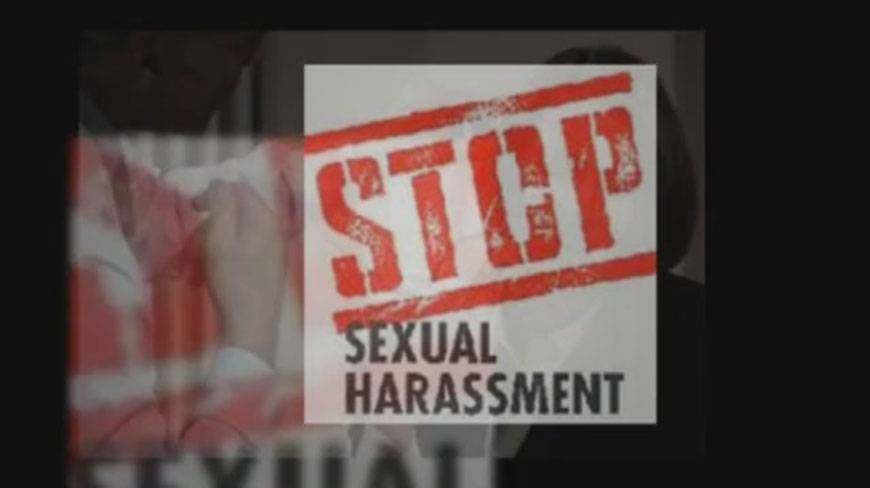Even though, the damages awarded in India is comparatively quite low, however, considering the stigma attached and growing consciousness on sexual harassment, there is a potential for huge liability for companies in India as well. A complainant may consider filing a suit for vicarious liability against the employer for sexual harassment done by another employee of the organisation in a civil court having appropriate jurisdiction. The law in Australia, US and Canada (which are also backed by a statutory law) in sexual harassment cases is very clear, except when the employer has actually taken reasonable steps to prevent the incident of sexual harassment at the workplace, it will liable for the acts of sexual harassment by an employee. However, in India, the Sexual Harassment of Women at Workplace (Prevention, Prohibition and Redressal) Act 2013 does not lay down any such provisions which makes the employer liable for the acts of the employees. However, it might be possible for complainants to bring a civil suit against the employers in certain circumstances. Let us understand the applicable principles evolved in other jurisdictions around the world and their possible applicability under Indian law.
Vicarious liability
Application of the principles of vicarious liability on cases involving sexual harassment has long being a contentious issue. Generally to bring a successful claim of vicarious liability the claimant has to prove the following elements:
I. There was a relationship of employee and employer between the parties
II. That the action was done in the course of employment
III. The committed act was either authorised by the employer, or a wrongful and unauthorised mode of an act that was authorised by the employer
In most cases of sexual harassment, it is difficult to prove that the employer intended the wrongful conduct. However, most common law countries have developed newer principles of tortious liabilities taking into account the development in the society and on the grounds of good conscience. In Canada in Bazley v. Curry, the Supreme Court of Canada laid down a two-step process in such cases:
i) The court should take into account broad policies of fair compensation and deterrence while deciding the cases
ii) that when misconduct is sufficiently related to the act which is authorised by the employer, the employer will be vicariously liable for the act of the employee.
To determine the sufficiency of the connection, the following factors should be
considered:
a) the opportunity afforded for the employee to abuse his power;
b) the extent to which the act is furthered by the employer’s aims;
c) the extent to which the act is related to friction, confrontation, or intimacy;
d) the extent of the power of the employee over the victim; and,
e) the vulnerability of the potential victims.
In short, if the employer’s authorisation to the employee materially increased the risk of sexual harassment and thus caused the harm, the employer would be liable. However, the application of the principle would be strict and made strictly based on policy consideration in certain cases, for example on vulnerable groups like school children, children in day care centres, patients in nursing homes and hospitals, physically handicapped people, etc. Similar principle has been applied by the House of Lords in UK in the case of Lister v. Hesley Hall. The principle has been expanded to include assault made closely in connection with the duties of an employee. The application of the principles in two major common law jurisdictions and their subsequent expansion to other similar cases can guide the development of similar jurisprudence in India as well as Indian judgments in tort cases are heavily influenced by the judgments in other common law countries. Recently, a PIL (public interest litigation) has been filed in Delhi High Court, to direct the Central Government to lay down guidelines for schools to prevent sexual harassment of children. It is important for employers who operates in a sector which operates with vulnerable groups to follow the following guidelines:
Takeaways
- In case you are an employer who operates in a sector which operates with vulnerable groups, for example schools, day care centres, hospitals and nursing homes, medical diagnostic centres, etc. must be extra careful with the people they are appointing, and should take reasonable measures like installation of CCTVs in appropriate places, appointment of multiple persons to supervise.
- The employees must be sensitised about the applicable laws on sexual harassment and their consequences.
- The vulnerable groups (if they are in a position to understand) must be taught about “bad touch and good touch” and teach them whom to complaint in case of such acts.
- The employers should have an explicit clause in the employment agreement which will indemnify the employers from any liability arising out of a sexual harassment case.
Are you compliant with the new sexual harassment law? If you have not complied with the law and looking for an effective, accessible and super-fast way to comply with law, visit http://sexualharassment.nujs.edu/ to find out more about a course that helps in organizational compliance, ICC capacity-building and employee sensitization for 100 percent of the organization.













In a recent decision by the Madras High Court (Gayatri Balaswamy v SG Novasoft Technologies Ltd. (02.09.2014), a Single Judge has ordered compensation to the tune of Rs. 1.68 crores for non-constitution of sexual harassment committee (under the Vishaka regime) and signficantly, the judge did not even make a determination as to whether there was sexual harassment or not. The judgement is available in the below link (pdf):
http://judis.nic.in/judis_chennai/Judge_Result_Disp.asp?MyChk=202691
Thanks a lot for providing the above link.